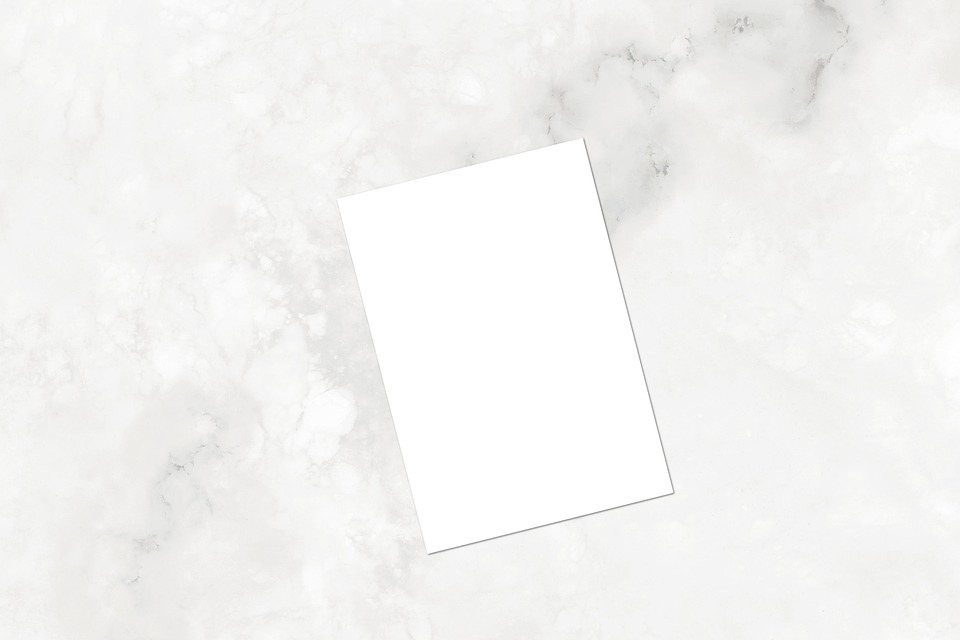The Art of Collaboration: How Designers and Developers Can Work Together Effectively
In today’s digital age, collaboration between designers and developers is vital for creating successful and innovative products. While designers focus on the visual aspects and user experience, developers bring these designs to life through coding and technical implementation. The ability for these two disciplines to work together seamlessly is the key to creating exceptional products that meet both user needs and technical requirements. In this article, we will explore the art of collaboration between designers and developers and discuss strategies for working together effectively.
1. Clear Communication: The Foundation of Collaboration
Effective collaboration starts with clear communication between designers and developers. Both parties must have a shared understanding of the project goals, user requirements, and technical constraints. Regular and open communication channels should be established from the very beginning of the project to ensure that all team members are on the same page.
Designers should explain their design decisions and provide context to developers, allowing them to understand the reasoning behind certain design choices. Developers, on the other hand, should communicate any technical limitations or challenges they may face during implementation. Regular meetings, such as kickoff meetings and design reviews, can help facilitate this communication and ensure that everyone is aligned.
2. Early Involvement of Developers in the Design Process
To foster effective collaboration, developers should be involved in the design process from the early stages. Including developers in brainstorming sessions and design reviews can help identify potential technical challenges and ensure that the proposed designs are feasible to implement.
By involving developers early on, designers can gain insights into technical constraints and possibilities, allowing them to make informed design decisions. This collaboration also allows developers to provide input on the user experience and suggest technical solutions that may enhance the design.
3. Mutual Understanding of Design and Development Principles
Both designers and developers should strive to understand each other’s principles and methodologies. Designers should familiarize themselves with the basics of coding and development processes, while developers should have a basic understanding of design principles and user experience.
This mutual understanding helps bridge the gap between design and development, enabling effective collaboration. Designers can create designs that are optimized for development, taking into account the technical requirements and limitations. Developers, on the other hand, can ensure that the final product aligns with the intended design vision and user experience.
4. Collaborative Design and Development Tools
Utilizing collaborative design and development tools can greatly enhance the collaboration between designers and developers. These tools allow real-time collaboration, seamless sharing of design files, and easy feedback exchange.
Designers can benefit from tools like Figma or Adobe XD, which enable them to create interactive prototypes that developers can explore and provide feedback on. Developers can use tools like Zeplin or InVision Inspect to inspect design files, extract necessary assets, and access design specifications directly from the source files.
5. Iterative Design and Development Process
Collaboration thrives in an iterative design and development process. Designers and developers should work closely together throughout the entire project lifecycle, continuously iterating and refining their work based on feedback and insights gained from each other.
Regular design reviews and feedback sessions should be scheduled to ensure that any design or development issues are addressed early on. This iterative process allows for constant collaboration and adjustment, leading to a final product that is the result of a collective effort.
6. Empathy and Respect for Each Other’s Expertise
Effective collaboration requires empathy and respect for each other’s expertise. Designers and developers should acknowledge and appreciate the unique perspectives and skills that each brings to the table.
Designers should trust developers’ technical expertise and be open to their suggestions for improving the design implementation. Developers, on the other hand, should respect the designers’ creative vision and understand the importance of aesthetics and user experience.
By fostering a collaborative and respectful environment, designers and developers can work together harmoniously, resulting in a final product that seamlessly blends design and functionality.
7. Continuous Learning and Growth
Finally, collaboration between designers and developers should be seen as an opportunity for continuous learning and growth. Both disciplines are constantly evolving, and staying up-to-date with the latest trends and technologies is essential for success.
Designers should have a basic understanding of coding languages and development frameworks, while developers should keep themselves informed about the latest design trends and user experience principles. Continuous learning and growth not only enhance collaboration but also enable designers and developers to push the boundaries of innovation in their respective fields.
In conclusion, the art of collaboration between designers and developers is crucial for creating exceptional products that meet both user needs and technical requirements. Clear communication, early involvement of developers in the design process, mutual understanding of design and development principles, collaborative tools, iterative processes, empathy, and continuous learning are all key elements in fostering effective collaboration. By embracing these strategies, designers and developers can work together seamlessly, creating innovative and successful digital products.





